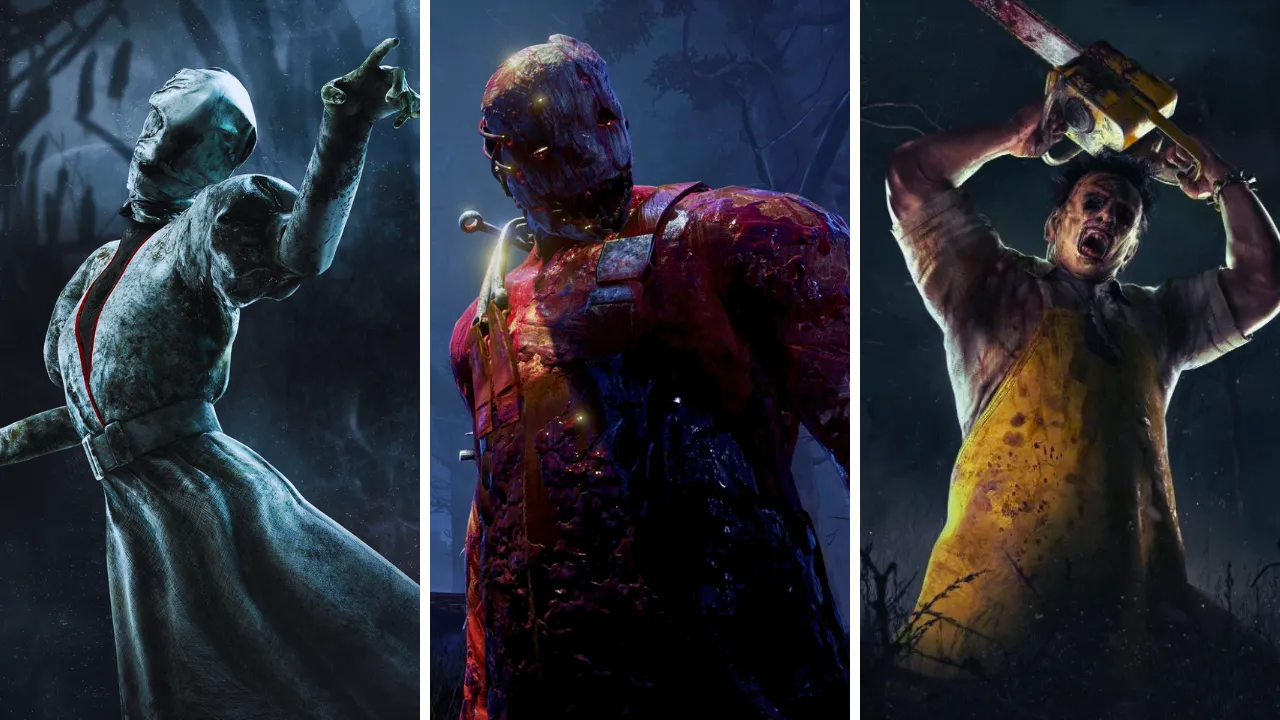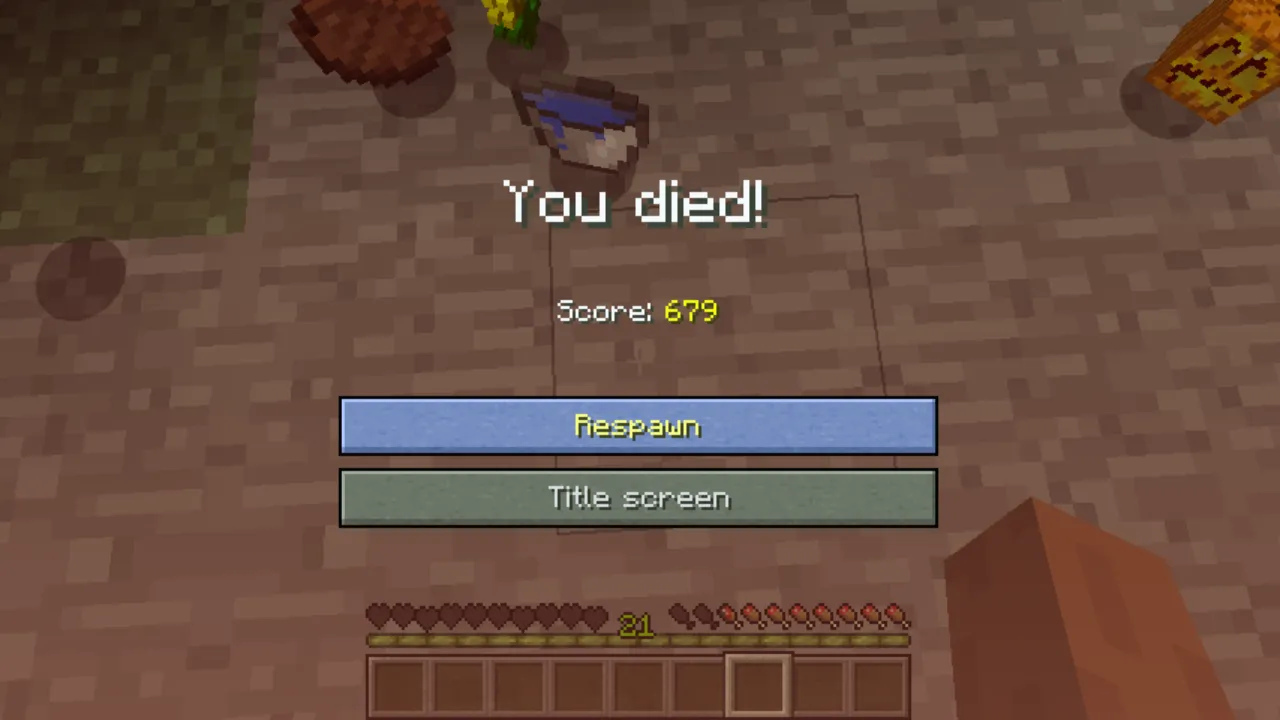
With 38 killers in the game, Dead by Daylight has one of the largest rosters in asymmetrical multiplayer gaming. After seven years of updates and balance changes, choosing which killer to main is harder than ever. Regular tweaks to perks, add-ons, and mechanics mean the meta’s always shifting, making it tough to keep up with the best choices.
But who’s strongest, really? We’ve put together a tier list of all 38 Dead by Daylight killers in patch 8.4.0, ranking from best to worst. This tier list is purely based on Otzdarva’s latest Killer Tier List video for 8.4.0.
Dead by Daylight Killer Tier List
This tier list ranks Dead by Daylight killers based on how consistently they can secure wins, which for most includes three to four kills. For instance, the tier list does not consider securing the fourth kill or the number of remaining generators at the end of a match.
The list is created with PC gameplay in mind, using the latest update. Console gameplay is presumably similar, but killers may be harder because of controls. All recent minor bugs patched are presumed to be fixed, but all older long-lasting bugs are not.
A balanced approach has been taken, considering a mix of variables. This includes the potential to play every map, facing every common perk or item, with a selection of the best add-ons at several rarities. Killers with multiple viable builds may be slightly ranked higher because their versatility includes an element of surprise or unpredictability.
Lastly, this list considers a decently high level of play, competing against skilled opponents in public matches at the highest matchmaking rating, as well as having very good knowledge about the mechanics and strengths of each killer.
Here is our current Dead by Daylight killer tier list:
S Tier
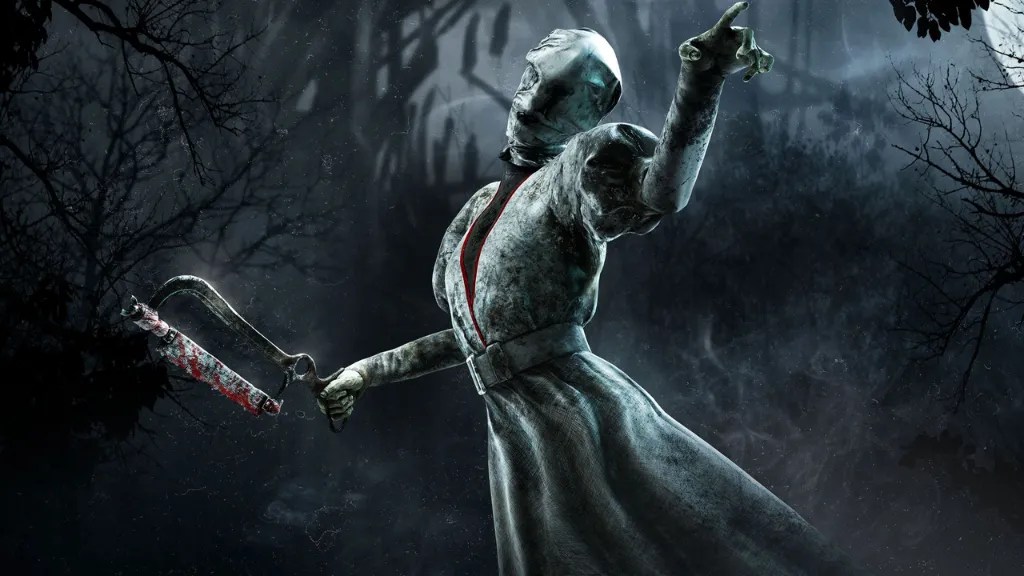
The Nurse
The Nurse has consistently been the most powerful killer in Dead by Daylight. Sitting firmly in the S-tier in every tier list due to her ability to bypass standard chase mechanics. Her teleportation power allows her to skip pallets, windows, and elevation entirely, turning survivor advantages into liabilities. For example, vaulting a window or standing on a hill can quickly backfire when facing her. Survivors can try to counter her by breaking line of sight, using stealth perks, and remaining unpredictable. But against a skilled Nurse, these tactics often fall short.
Recent updates have only made The Nurse stronger, with perks like Floods of Rage from The Houndmaster and other aura-reading options, such as Nowhere to Hide and Lethal Pursuer, synergizing exceptionally well with her. The nerf to Distortion has also made it easier for her to locate survivors consistently. While maps like Léry’s Memorial Institute can be tricky due to limited line of sight, perks like Corrupt Intervention allow her to gain early control. Survivors must bring their absolute best to compete with her, as her ability to deny loops and environmental defenses makes her nearly impossible to counter when played well.
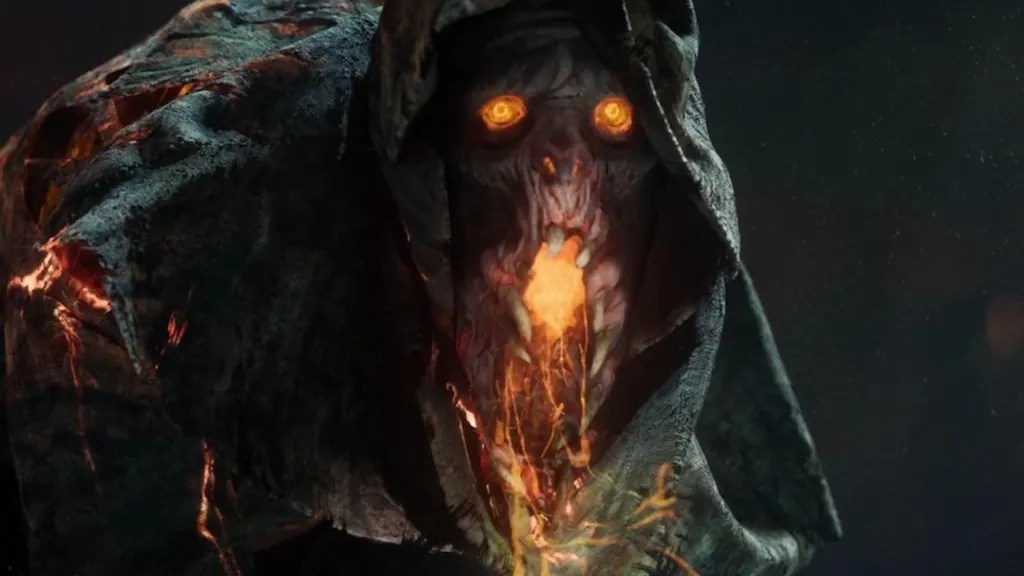
The Blight
The Blight is another S-tier killer who excels by bending the rules of Dead by Daylight’s standard gameplay, though not as overtly as The Nurse. While he occasionally needs to break pallets or play around windows, his unmatched mobility allows him to catch up to survivors quickly and efficiently. Despite losing some of his previously overpowered add-ons, his current add-ons are still effective, and his base kit remains exceptionally strong. Survivors are given very little room for error, as The Blight’s speed and precision can easily punish mistakes, particularly when being executed by a highly skilled player.
The Blight’s mobility synergizes exceptionally well with numerous builds, especially slowdown and hex builds. Perks like Undying and Thrill of the Hunt allow him to protect totems effectively, as his speed enables him to check on objectives before survivors can complete their counters. Although he struggles slightly more than The Nurse when facing body blocks, his ability to hit and recover quickly often negates this disadvantage. For players who master The Blight’s mechanics, he remains one of the most oppressive killers in the game, firmly securing his spot in the S-tier.
A+ Tier
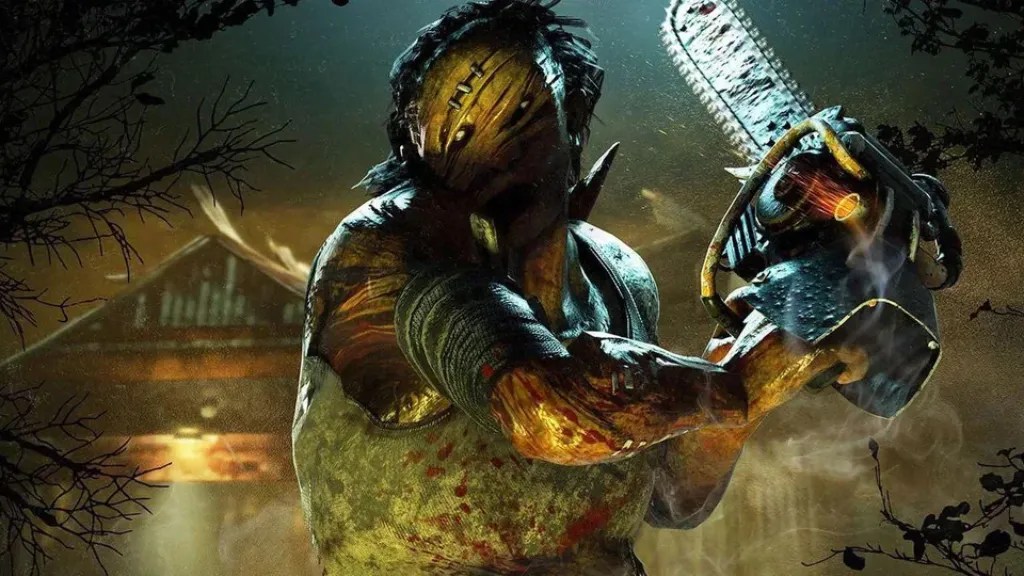
The Hillbilly
Hillbilly has moved to the A+ tier, a shift from his former standing as one of the best killers in DBD. After significant changes to his power, he dropped to below average but regained strength with the introduction of the Overdrive mechanic and later buffs. At his peak, he could have been considered S-tier alongside Nurse and Blight. However, recent nerfs have balanced him, including adjustments to Overdrive’s cooldown and speed. As well as changes to add-ons like LoPro Chains, which no longer down survivors through pallets. These tweaks, combined with his challenges on maps with strong window setups, make him more reliant on perks like Bamboozle to maintain pressure.
Despite these limitations, Hillbilly remains incredibly powerful in the right hands. His mobility, insta-down potential, and ability to close gaps quickly, even on large maps, create insane pressure. A strong Hillbilly can shift games dramatically, especially when survivors are caught off-guard. Once a survivor is on the hook and another goes down, the remaining survivors must be careful to avoid a quick game loss.
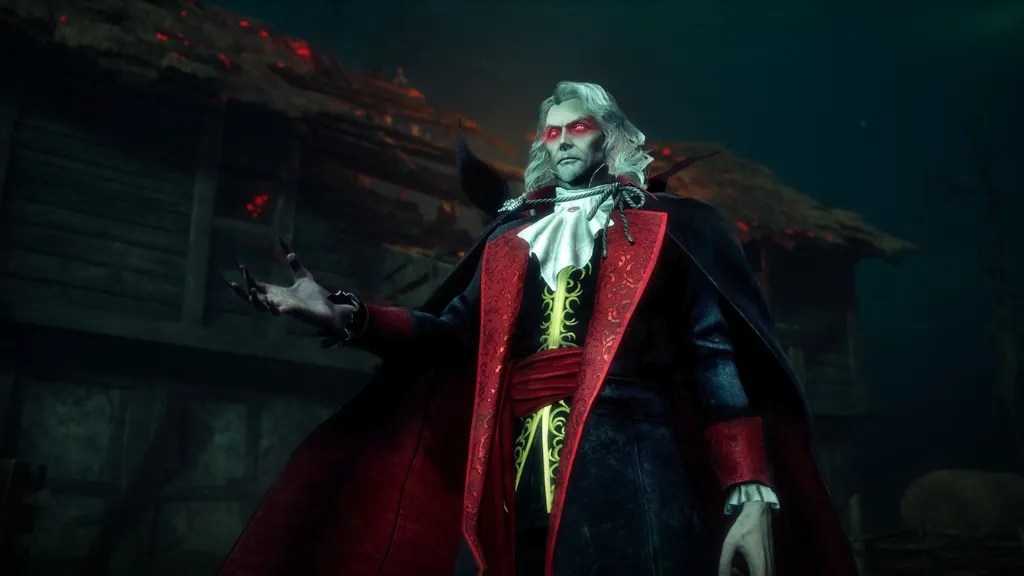
The Dark Lord
Dracula is a complex and versatile killer, standing out with three distinct powers rivaling some of Dead by Daylight’s best abilities. His bat form grants exceptional mobility, allowing him to traverse maps, gather information, avoid body blocks, and counter strong loops. This form is particularly effective on maps with challenging layouts, giving him a level of map control comparable to Nurse. Meanwhile, his wolf form offers powerful chasing power, enabling him to break pallets, execute tricky hits, and even utilize elevation effectively.
Dracula’s vampire form adds another layer of complexity with the Hellfire ability, a versatile attack resembling Pyramid Head’s Punishment of the Damned. It can hit multiple survivors, deny protection hits, and even bypass obstacles, making it a very strong ability in skilled hands.
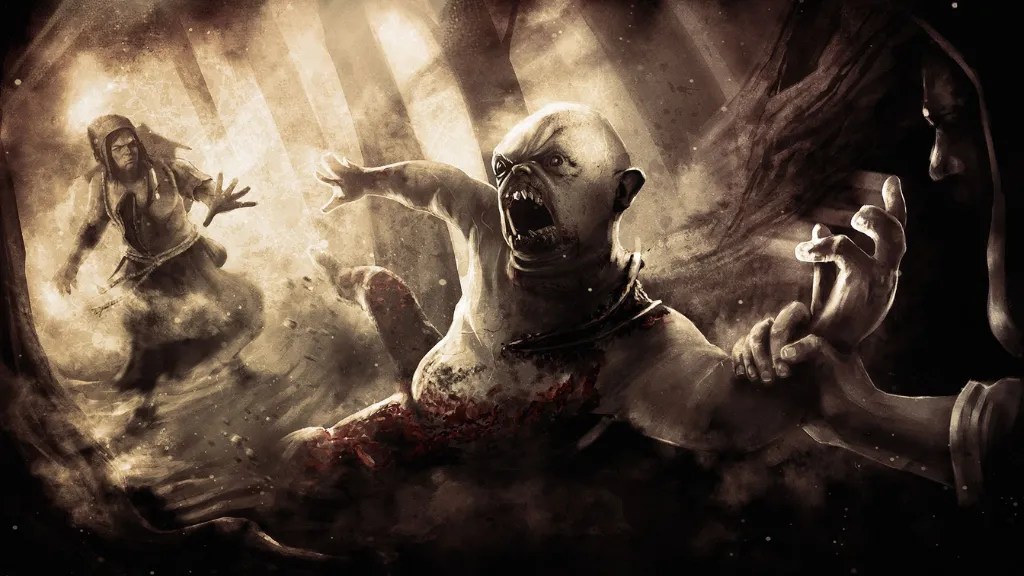
The Twins
The Twins are a unique killer in Dead by Daylight, offering a playstyle centered around tactical map control. It has the ability to pressure survivors with both Charlotte and Victor. Over the years, the Twins have seen significant changes, moving from a frustratingly buggy state to a much more polished and viable killer with improved quality-of-life features and Base Kit adjustments. While they have their strengths and weaknesses, the Twins can be devastating in the right hands.
The key to playing the Twins effectively lies in spreading injuries and creating situations where Victor can dominate. Once survivors are injured, Victor can repeatedly down them while Charlotte covers the map or defends important objectives. Survivors who aren’t prepared to deal with this dual pressure will quickly find themselves overwhelmed. The Twins are also highly effective at defending areas thanks to their ability to be in two places at once, making them strong in scenarios like guarding hooked survivors or pressuring generators.
Despite these strengths, the Twins does face some counters. Survivors with strong teamwork and anti-slugging perks can mitigate their pressure. By grouping in pairs, survivors can take turns tanking hits, kicking Victor, and recovering. However, not every team is equipped to handle the Twins effectively, especially given their consistent pressure and Victor’s relentless ability to chase down survivors every 30 seconds.
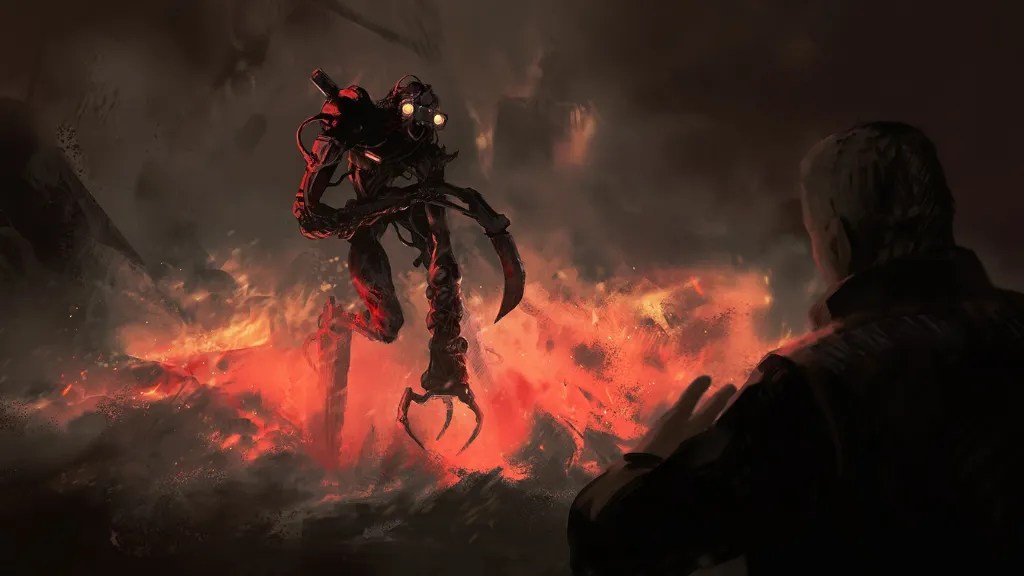
The Singularity
Singularity has become a monster and incredibly difficult to play against in the current meta. If you look back at previous tier lists or others from months ago, Singularity was nowhere near the top five. This was for good reason—he lacked the quality-of-life changes he now enjoys and was heavily reliant on add-ons. Specifically, he needed an add-on to make him faster when teleporting to survivors. Now, that add-on is partially base kit. The duration of his invincibility and overclock mode, which makes pods explode around him, is also longer by default.
The concept behind Singularity is simple: once you find a survivor and start a chase, you never lose them. Many killers struggle after landing a hit, as survivors gain distance, reach safety, and reset. With Singularity, after applying the slipstream, you can teleport to them. After hitting them, you can teleport to them again, staying close and relentless. Survivors are constantly tested on their knowledge and ability to counter him.

The Spirit
The Spirit is another killer who has seen a significant decline over time. In older tier lists, she was often ranked as high as number two, but changes to her mechanics and survivors’ tools have made her less dominant, although still strong.
When the Spirit was first released, she received buffs and quality-of-life improvements that made her incredibly powerful. She had no animation when vaulting windows, allowing her to mind game survivors effortlessly. Her power also allowed her to detect survivors nearby, making chases straightforward.
At the time, survivors had little counterplay against her, as she had no clear tells when using her power. A Spirit who stood still could mind game survivors for free. However, many of these advantages have been adjusted. She now has an audio cue indicating her location when using her power. Her add-ons have been reworked or nerfed, eliminating overpowered effects and fixing bugs. Survivors also gained access to perks like Iron Will and Off the Record, which make them completely silent and harder to track.
Despite these challenges, the Spirit remains a strong killer because of her ability to capitalize on small amounts of survivor information. Whether it’s scratch marks, crows, breathing, injured sounds, footsteps, or even dust kicked up by movement, a skilled Spirit player with sharp audio awareness can be incredibly hard to escape.
A- Tier
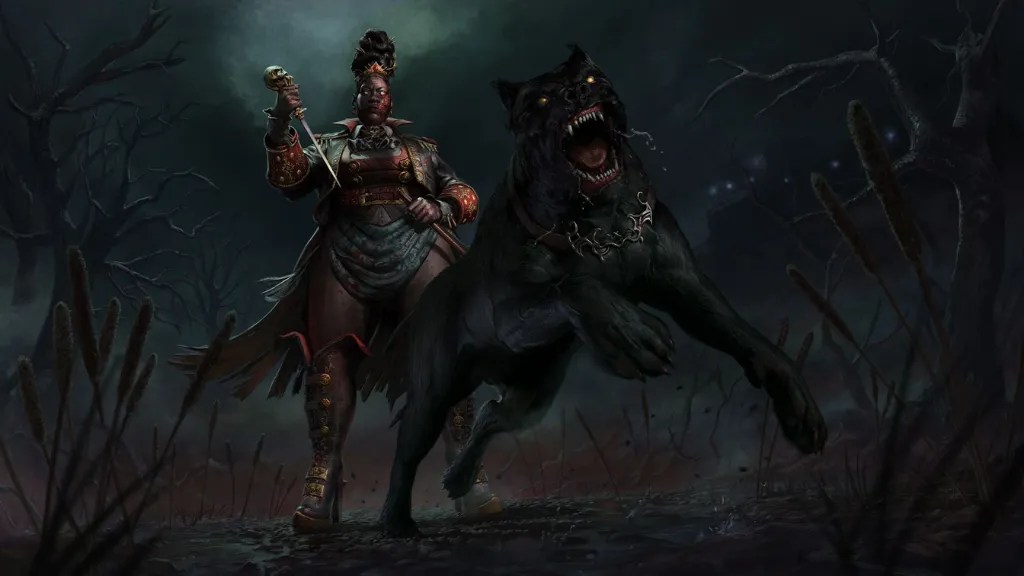
The Houndmaster
The Houndmaster has quickly risen in strength and fame following recent adjustments that significantly boosted her capabilities. Initially seen as a buggy and underwhelming killer, her position dramatically shifted after the developers implemented changes to her mechanics. The cooldown for her primary ability, the dog, is now only three seconds—the shortest cooldown for any killer power in the game. Additionally, improvements to the dog’s hitbox, logic, and vaulting speed have made her stronger in chases.
Beyond her effectiveness in chases, the Houndmaster’s toolkit provides valuable utility that few other A-tier killers can match. She can multitask effectively, holding one survivor hostage with the dog while chasing or pressuring others. Her ability to search for survivors and gain a temporary speed boost offers mobility that increases her map presence.

The Artist
Next up is The Artist, a killer with huge potential. She can send birds that cover the entire map, allowing her to harass survivors on generators and objectives from across the map. At worst, her ability wastes survivors’ time and gathers information, while at best, it can injure or even down them. She is also a strong threat up close, though her birds are challenging to use effectively, making her one of the hardest killers to master. When used well, her power can shut down nearly any loop.
The Artist’s high skill ceiling explains her lower success rates among less experienced players. Without precise bird placement, she struggles to accomplish much. However, when played effectively, her synergy with strong add-ons and perks solidifies her position as an A- tier killer.
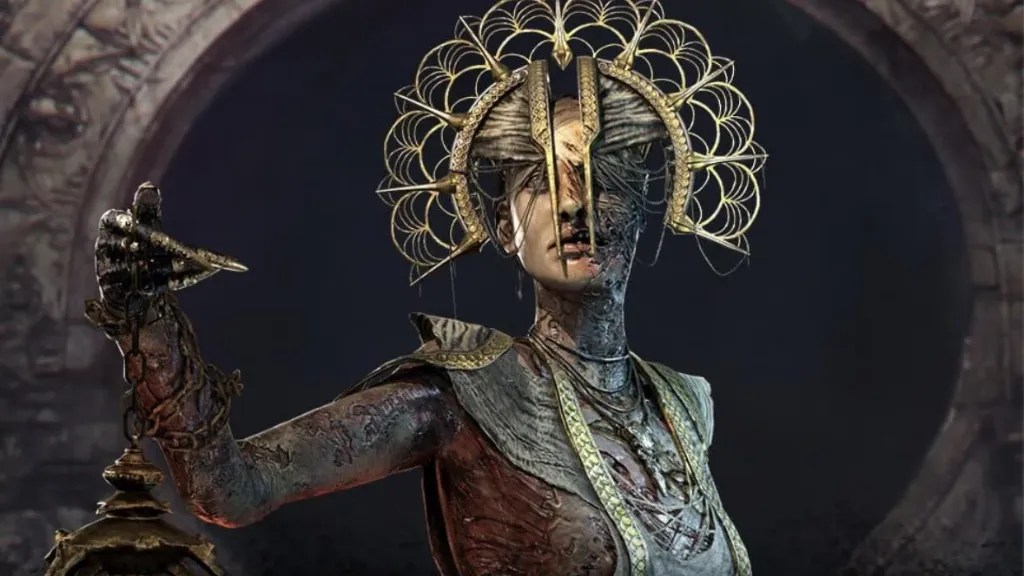
The Plague
The Plague is a killer whose power relies heavily on add-ons. Without them—or if only using brown or yellow add-ons—her effectiveness would drop significantly. Her base power infects survivors, eventually injuring them semi-permanently. However, without survivors cleansing at fountains, her ability to gain Corrupt Purge is limited, reducing her potential impact until late game.
The Plague’s add-ons significantly increase her strength. Some allow her to constantly reveal the auras of infected survivors, exploiting their mistakes and making body-blocking dangerous. Her iridescent add-ons provide a guaranteed charge of Corrupt Purge, giving her 40-60 seconds of devastating power even without cleanses. Other add-ons extend her power’s duration or grant extra fountains, making her control over the map and survivors even deadlier.
At her worst, The Plague can play as an M1 killer, relying on perks like Thanatophobia to slow down the game by keeping survivors injured. Pairing her with perks like Hex: Pentimento, Save the Best for Last, or Sloppy Butcher can strengthen this playstyle. Additionally, her ability to counter the healing potential of medkits—common in the current meta—gives her an edge over other killers.

The Executioner
Unlike other top tier killers Pyramid Head, also known as The Executioner lacks strong mobility or advanced information-gathering tools. Survivors can predict his movements and stay away from him early in the game, but once Pyramid Head gets close, he becomes a relentless threat.
The Executioner’s power lies in his ability to strike through walls, pallets, and other solid obstacles, as long as there isn’t open air or significant elevation separating him from the survivor. While his attacks require precise timing, game sense, or aura-reading perks, the potential to damage survivors through seemingly safe positions makes him a dangerous killer. Pyramid Head can even hit multiple survivors with a single attack, a unique advantage, especially in scenarios like unhooks or body-blocking attempts.
Pyramid Head is great with passive slowdown perks like Eruption, allowing him to keep generators in check while pressuring survivors. His ability to capitalize on survivors’ mistakes makes him particularly punishing against uncoordinated teams. Though the new survivor perk Shoulder the Burden offers some protection against tunneling, it does not work on cages, and using it effectively is risky, often leaving the assisting survivor exposed.

The Oni
The Oni is possibly, out of all the killers the slowest one at the beginning. He starts like a normal killer and needs to get blood by hitting survivors from healthy to injured. He also gets blood while these injured survivors go around the map and drop blood orbs. If you force them to do certain actions or run a certain add-on, which is quite popular, you get more blood and can get into your power pretty quickly.
Once you get into your power, you get approximately 45 seconds of strength, more if you have add-ons that extend the duration. During those 45 seconds, you can go nuts. You basically become a Billy, able to go around the map really quickly, break through barricades like pallets or breakable walls, get instant downs, and even chain multiple instant downs if survivors are somehow corralled into getting close together. It’s a little difficult to do that, though.
He is one of the killers that has changed the least. You might notice that, compared to some previous tier lists, he has dropped down a little bit. One of the reasons is that other killers have been propped up, and another is that he has lost access to one of the most disgusting perks (ex: Ultimate Weapon) he had some time ago.
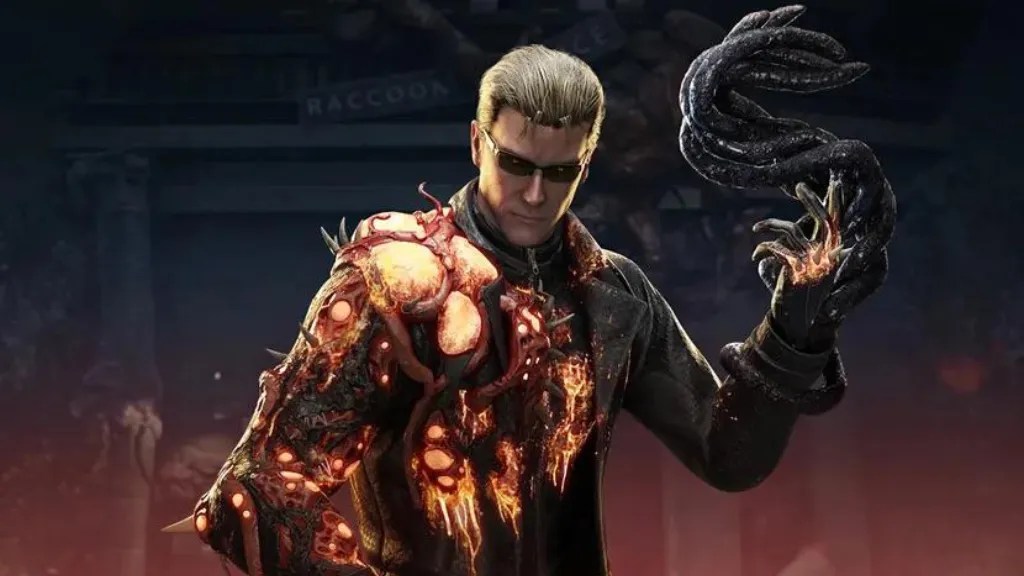
The Mastermind
Wesker, also known as The Mastermind, has slightly dropped in the tier list due to survivor adaptations and balance changes, though he remains a strong A-tier killer. His kit offers mobility, chase pressure, and utility, with the ability to vault pallets and windows to maintain momentum during chases. However, survivor counterplay has improved, and a nerf to his infection mechanics has reduced his ability to control the game. The slowdown from infection has been reduced from 8% to 4%, making it less punishing, and survivors now recover more easily from infection after being unhooked.
While these changes have diminished Wesker’s effectiveness, he is still great at disrupting survivors during unhooks and altruistic plays. His chase potential remains solid, and he remains a reliable choice for players who enjoy a mix of mobility and utility.

The Unknown
The Unknown is another killer who has dropped slightly in the tier list. Survivors have become better at countering this killer, and recent changes to both mechanics and add-ons have affected their overall effectiveness. Despite these adjustments, The Unknown remains a strong and versatile killer with unique gameplay mechanics.
This killer excels at punishing survivors during unhooks and in poorly chosen healing spots, where their ability to apply a weakening effect on survivors can lead to devastating follow-ups. Survivors now have slightly longer hook stages, which gives them more time to strategize and recover, reducing The Unknown’s pressure during these moments.
Nevertheless, The Unknown’s power is incredibly versatile. They can hit survivors through walls, over obstacles, and even across floors or from elevated positions. Additionally, their ability to teleport to hallucinations adds another layer of unpredictability, allowing for effective map traversal and pressure. Survivors who fail to manage these hallucinations can find themselves overwhelmed, making teamwork and coordination critical when facing this killer.
B Tier
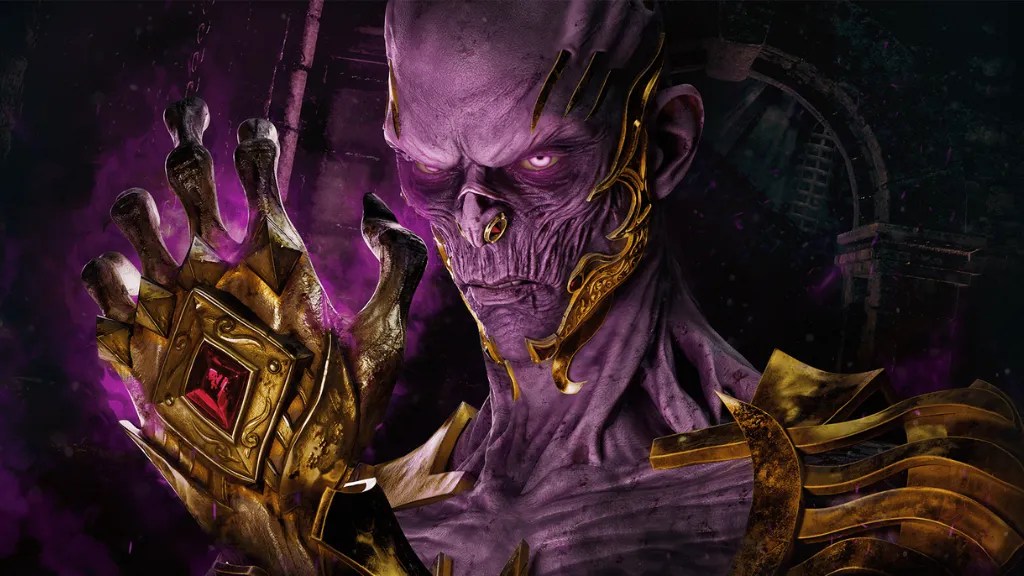
The Lich
Vecna, while still effective, has slightly fallen off in recent months due to survivors becoming great at countering him. Changes to his cooldowns have also affected his overall pressure, making his gameplay more manageable for survivors. This includes a nerf to the duration of his Mage Hand, which was arguably his most versatile spell at release. Despite this, Vecna’s core attributes remain solid, with standard stats, reliable chases, and four distinct spells that give him a range of utility.
While Vecna’s power set gives him solid tools for most situations, he has limitations. Survivors at windows or pallets still have strong options to counter him. His inability to mind-game these structures as effectively as killers like Mastermind or Dracula makes him less versatile in tight loops. Against average survivors, his mechanics can feel overwhelming, but against skilled players, he becomes much more manageable.
Overall, Vecna remains a strong killer for those willing to invest time in mastering his powers and add-ons. His combination of mobility, zoning, and utility keeps him relevant, but he does require a strategic approach to maximize his potential.
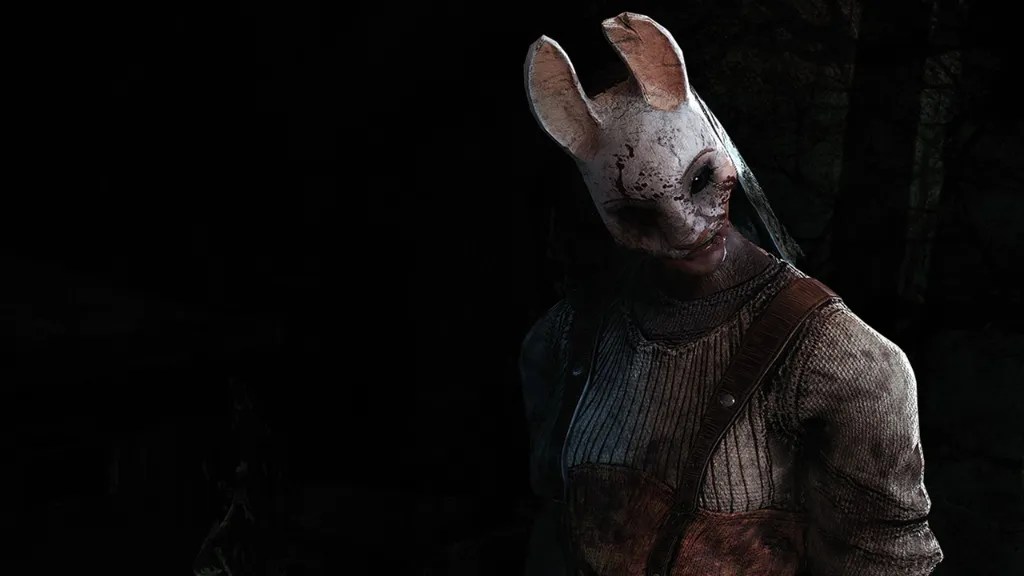
The Huntress
Huntress, a long-standing favorite in many tier lists, has seen her standing shift over time. She was once comfortably placed in the top three killers and could arguably still sit in the A tier depending on the circumstances. Placing her in the B-tier feels fair, as she remains a powerful killer in the right hands despite facing challenges in the current meta.
One of the key factors affecting Huntress is the longer hook stages introduced in recent patches, which allow survivors to stall games more effectively. This shift diminishes her ability to snowball pressure through rapid downs and hook rotations, especially when paired with perks like Reassurance and Shoulder the Burden that can further delay progress. As a killer reliant on cooldowns and reloads, Huntress can struggle to maintain momentum in these extended matches.
On the brighter side, Huntress has received notable buffs, such as starting with seven hatchets by default. This eliminates the need for add-ons to increase her ammo capacity, giving her more versatility in her loadout. Her infamous one-hit down ability is still a powerful tool, though not as dominant as it once was. Some of her add-ons, such as those providing aura reading or increased stealth capabilities, add utility and depth to her playstyle. For players willing to invest time into mastering her more advanced add-ons, like the Shiny Pin that increases wind-up or holding speed, Huntress becomes a lethal killer.

The Nemesis
Nemesis has received a significant glow-up that has drastically improved his performance compared to previous tier lists, where he was considered far behind killers like Huntress. While his zombies haven’t changed much and remain messy, prone to getting stuck, and only occasionally helpful for information or assistance, the aspects of Nemesis that players can control have seen major improvements.
Nemesis now reaches tier two with just five mutation points instead of six, allowing him to achieve this power spike much faster. This change means that with a single survivor, you can consistently hit tier two, and with certain add-ons, it can happen even quicker. Previously, it required two survivors or a combination of an add-on and good fortune to achieve this reliably. Reaching tier two as soon as possible for Nemesis is very important, as it enables him to break pallets and start putting significant pressure on survivors. Dropping pallets, even strong ones, becomes less effective against him, as he can break them quickly.
Overall, Nemesis is a much stronger killer in the current meta. His improved ability to reach power spikes quickly, increased hinder effect, and unique efficiency at breaking pallets and walls make him a strong killer. While he still has some limitations on larger maps and against coordinated teams, his recent buffs have helped him to a much more competitive position.
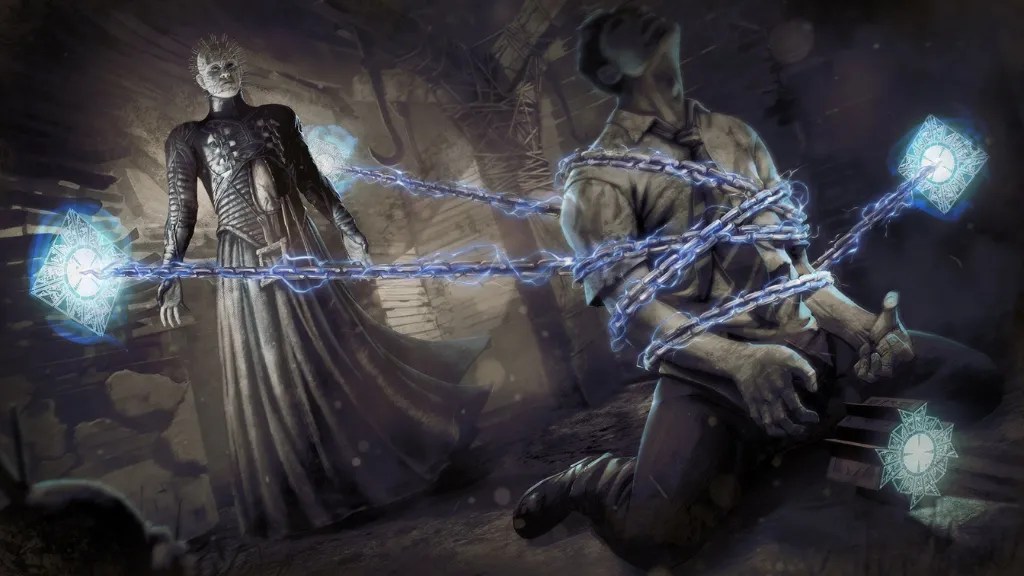
The Cenobite
Pinhead, also known as the Cenobite, remains a strong and versatile killer with a passive ability that forces survivors to deal with the Lament Configuration, adding an extra objective to their gameplay. This additional task disrupts survivors significantly, especially when combined with perks or strategies that further divide their attention. While Pinhead has not been through any major changes recently, his current kit and playstyle position him as a solid choice in the current meta.
However, Pinhead is not without weaknesses. Maps with multiple floors can make it difficult to locate the Lament Configuration, reducing his effectiveness. Survivors with movement speed boosts, such as Fixated, can counter his chains more effectively, breaking them and gaining distance more easily. The chains themselves are also subject to some RNG, where their effectiveness can feel inconsistent, especially if the Impaling Wire add-on is not used. Additionally, Pinhead struggles against coordinated body-blocking strategies, as his kit does not excel in dealing with grouped survivors obstructing his hooks.
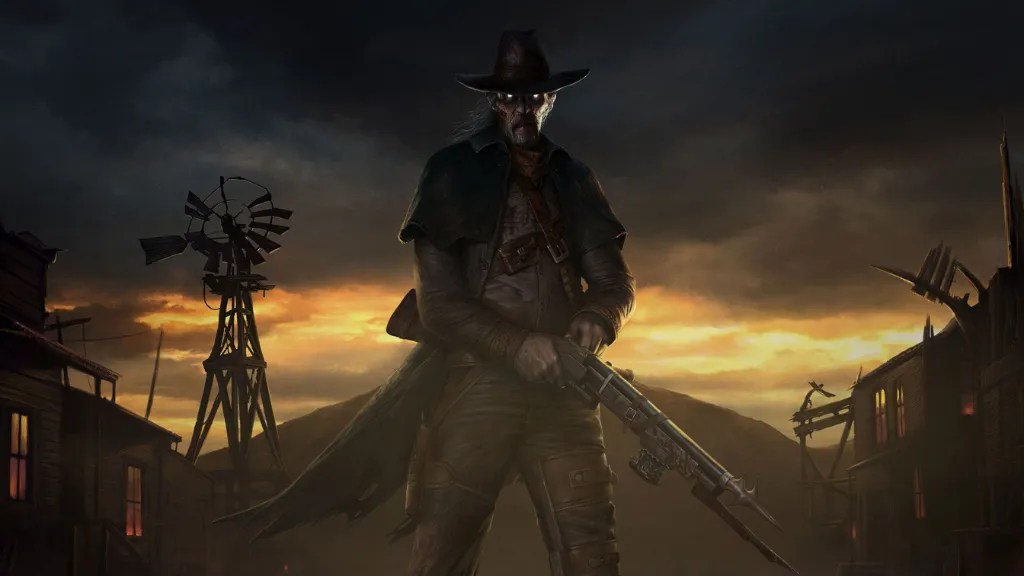
The Deathslinger
The Deathslinger is a killer that is more of a standardized hunter. He doesn’t have the unique 110, nor does he have a lullaby, and he doesn’t need to reload at lockers. Overall, in a one-on-one situation, he’s arguably stronger than the Huntress, especially if you have the add-ons to recover faster and reload quicker after breaking a chain. However, he also doesn’t have as much explosiveness by default. While the Huntress can damage survivors very quickly if given the opportunity, the Slinger has a bit more limited potential just because after every shot, he has to reload. No matter how good of a Slinger you are, you’re not going to get five downs in five seconds—that’s just the way it is.
Unfortunately, this killer has a few awkward aspects. He is a killer that has a one-before-delay ability. For example, the Legion can apply deep wound and slow down the one-before process, while they chase a fourth person. As a Slinger, you rarely leave people in deep wound to go for someone else. You can’t afford to do that because you don’t have any extreme mobility to go around the map if survivors split up, and you don’t have any particular information-gathering tools.
He’s a little bit below average in those aspects, and as a result, you’ll mostly want to focus on one survivor, make a very short chase, apply some kind of slowdown or lethality perks to other survivors, and then be ruthlessly efficient in the one vs one. Compared to other killers around the tiers, you’re not capable of going around the whole map chasing everyone a little bit. You simply aren’t that fast or that lethal. You have to play into your strengths, which are the gun and the ability to shoot through small gaps and injure survivors even if they’re vaulting a pallet.
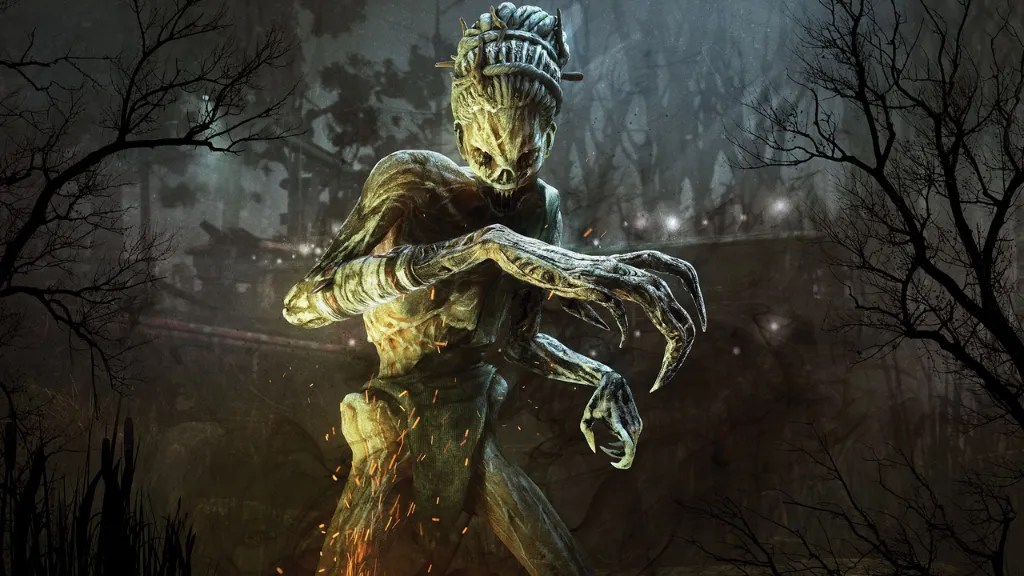
The Hag
The Hag is a killer that has seen a few significant changes over time, with her tier placement being difficult to rate due to both buffs and nerfs. A while ago, she was considered one of the top killers, but now she has fallen quite a bit on the tier list, with some considering her to be near the bottom, in the D-tier, alongside the Trapper. The truth, however, lies somewhere in between these extremes.
One of the key aspects that made the Hag so powerful in the past was the ability to hit a survivor immediately after they were off the hook, often leading to a quick return to the hook. However, with the changes to hook stages, such as longer stages and the increased awareness of survivors regarding basement locations, the Hag’s ability to turn the game upside down in this way has diminished. Despite these changes, the Hag has received some minor buffs to her base kit, but they don’t have a significant impact on her performance.
Despite some of her challenges, Hag can still be a solid killer in typical games. The real issue comes when skilled survivors disrupt her traps by either disarming them or using tricks to avoid getting hit when the Hag teleports. These tactics can make it difficult for the Hag to get anything done, especially if multiple survivors are working on generators in the background while she is occupied.
Ultimately, the Hag is a killer that requires patience and careful trap placement to pressure survivors effectively. While she has fallen out of favor in higher-level play, she can still be really strong when survivors are not playing optimally. It’s a slower playstyle that might feel outdated against the faster pace of modern survivors, but with the right mindset and strategies, the Hag can still deliver a satisfying and strategic experience.
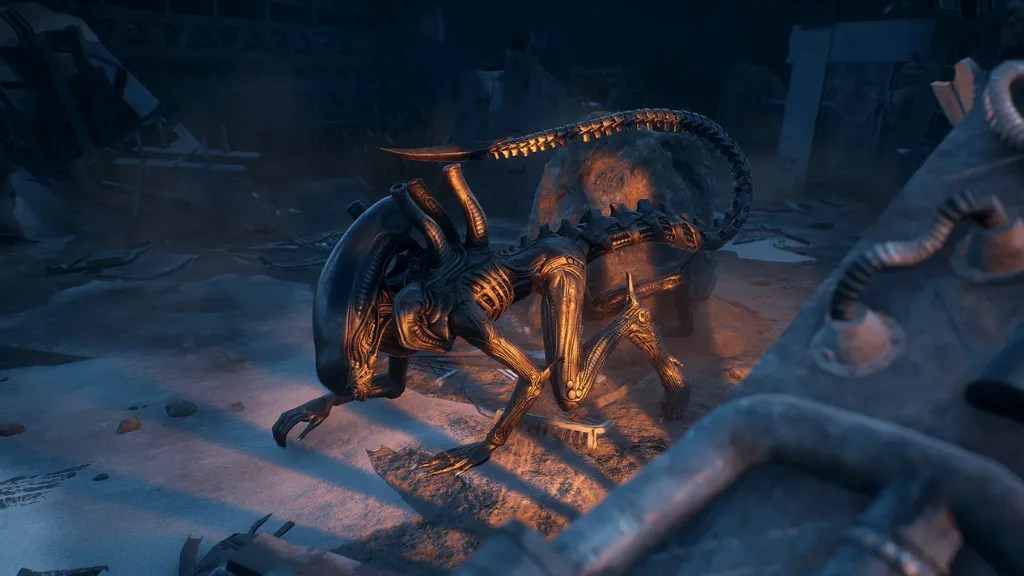
The Xenomorph
The Xenomorph, while unique and enjoyable, has mixed tier list reactions, with some players arguing it should rank higher, near killers like Wesker or Huntress. However, its weaknesses keep it ranked lower.
Key issues include Flame Turrets, which disrupt the Xenomorph’s stealth by emitting noises that reveal its location. Poor turret placement by survivors often works in the killer’s favor, but well-placed turrets create difficult situations, forcing the Xenomorph into bad loops and limiting its effectiveness.
Additionally, the Xenomorph lacks “nuclear” options, such as strong insta-down add-ons or game-changing perks. While it has decent mobility, solid detection, and the ability to hit over obstacles, its add-ons primarily improve turret resistance or vaulting speed, which are useful but not overwhelming.
Ultimately, while fun to play and satisfying to use, the Xenomorph’s reliance on survivor turret management and lack of strong add-ons or perks leave it feeling underpowered against strong survivors.
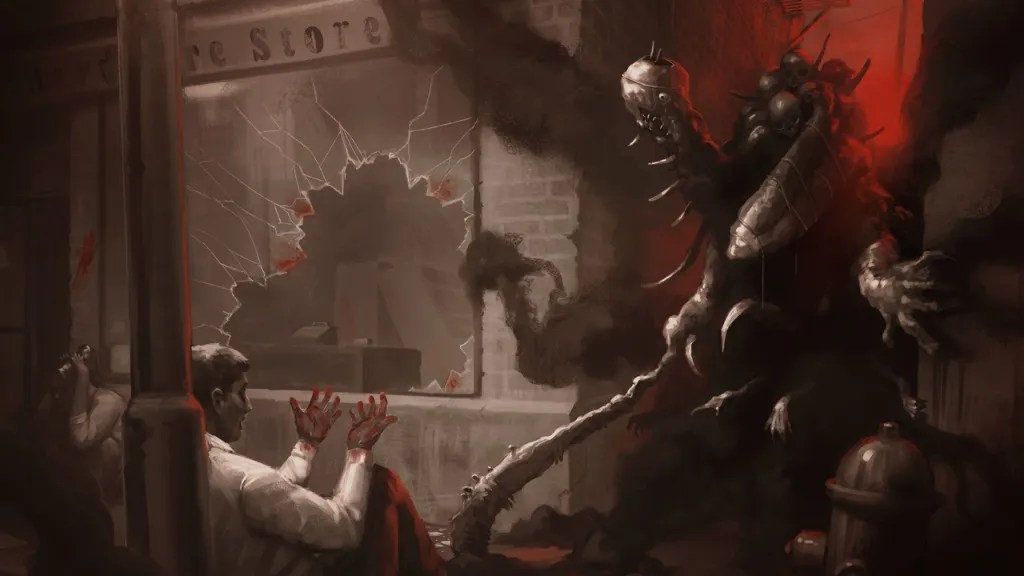
The Dredge
The Dredge has significantly improved with recent changes, increasing his overall performance and maintaining his relevance.
Notably, the Dredge no longer gives out a permanent loud noise when active, allowing for better mind games against survivors. Improvements such as faster cooldowns outside of Nightfall, quicker teleportation, and increased speed when setting up a Remnant collectively boost his efficiency. These changes make him more unpredictable and mobile, particularly during Nightfall, where his mobility, detection, and power recovery shine, creating unsafe loops and pressuring survivors to drop pallets or abandon windows early.
Unlike some killers, the Dredge benefits from a variety of strong add-ons, many of which are now part of his base kit, allowing for versatile builds without a mandatory add-on. Despite being an M1 killer vulnerable to exhaustion perks and certain map layouts, his improved kit, ability to pressure survivors, and mastery of Nightfall make him a pretty strong killer.
C Tier
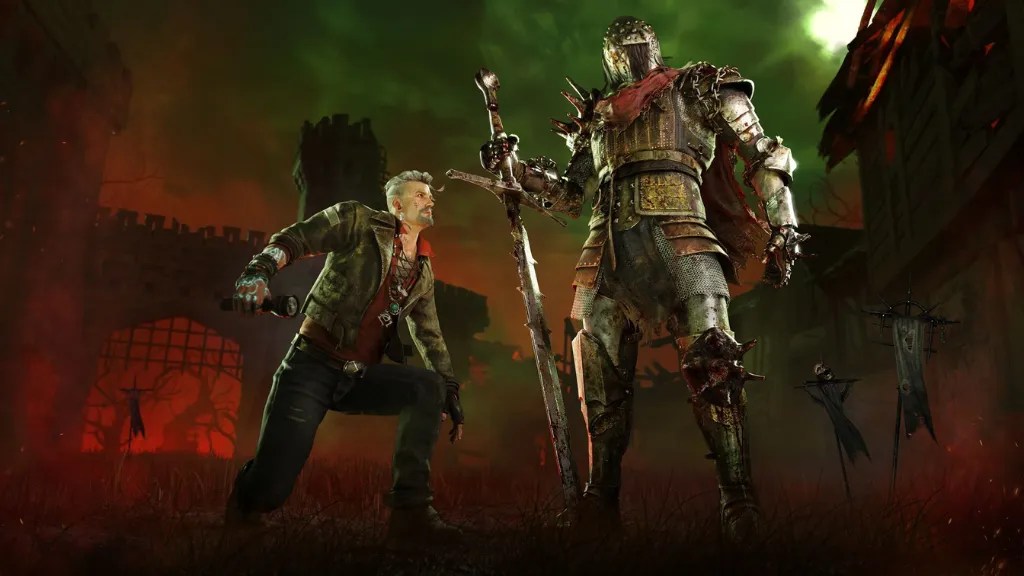
The Knight
The Knight has been through several changes that have made him more effective, although he still faces challenges. While he might seem lower on the tier list compared to before, his quality of life updates and power adjustments have made him more reliable in certain aspects.
Up close, the Knight behaves like a normal killer with a standard Terror Radius, lunge, and movement speed. However, survivors can take advantage of the Knight’s predictable behavior by avoiding pallet drops, as he can quickly counter them with his power. More experienced survivors will recognize this and avoid falling into simple traps, but less experienced players may find themselves caught off guard by this mechanic.
The Knight’s guards are categorized into three types: the Assassin, Jailer, and the standard guards. The Assassin is the fastest and can sometimes get hits at medium range, while the Jailer excels at chasing survivors over long distances and can secure hits from afar.
The Knight is still a strong killer with a diverse set of tools, but he requires a high level of accuracy and a deep understanding of his kit to fully utilize his potential. He has evolved into a multitasking harasser, with various viable add-ons that increased his ability to control the map.
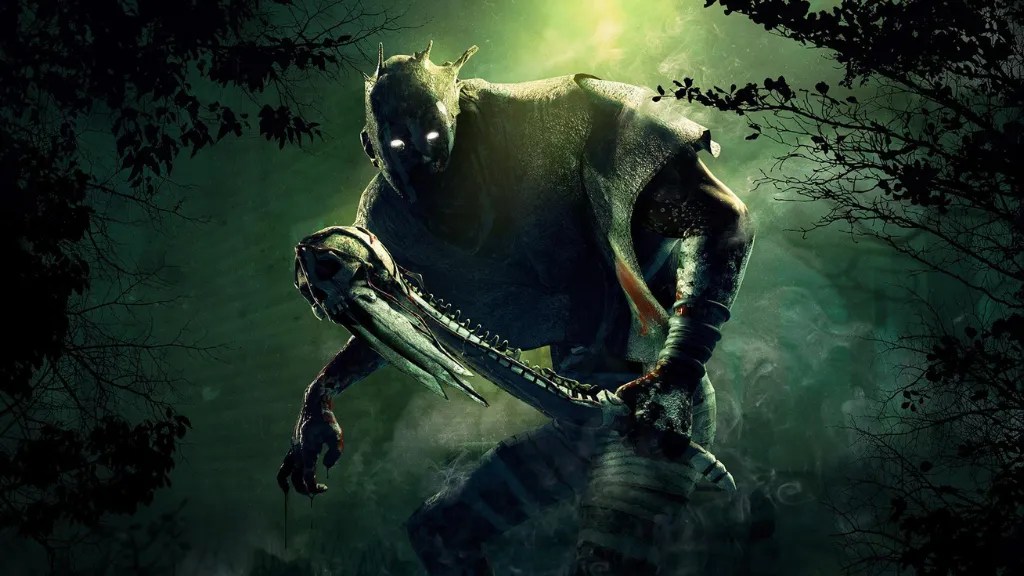
The Wraith
The Wraith is a killer that, on the surface, might not seem as challenging to play, but mastering him requires a lot of precision. As an M1 killer, he lacks the chase potential of some others, but he compensates with his mobility and invisible gameplay, making him a strong contender when used effectively.
One of the Wraith’s biggest strengths is his ability to contest generators across the map. Unlike other killers who struggle to defend distant gens, Wraith can quickly move around thanks to his cloaking ability, allowing him to appear anywhere after a hit or hook. This makes him highly resilient to bad maps and well-suited for three-gen defense, where he can pressure survivors from multiple angles.
However, Wraith requires careful tactical play to be truly effective. His cloaking and uncloaking mechanics can be tricky, and if not managed well, they can leave him vulnerable to stuns or wasted time. If played poorly, with random cloaks and an inability to land hits consistently, Wraith can feel underwhelming and fall to the lower tier of killers.

The Doctor
The Doctor is a classic M1 killer, meaning he relies on basic attacks and has no extreme mobility or teleportation abilities. This places him at a disadvantage on larger maps where survivors can spread out and body block each other, making it harder for him to get hits. He can’t go through survivors or damage multiple survivors at once, which limits his overall potential compared to killers with stronger chase abilities.
However, Doctor has several strengths that make him an effective killer in the right hands. One of his most notable advantages is his ability to shock survivors, disrupting their ability to interact with pallets, windows, or healing items. This unique ability can allow him to down survivors within the first minute of the game, even when many resources (like pallets) are still available. This makes Doctor excellent at getting early pressure and starting chases on his terms.
Additionally, Doctor’s shock ability works well with perks that disrupt survivor actions. Perks like Pain Resonance, Pop Goes the Weasel, and Dead Man’s Switch work especially well with his playstyle, as they capitalize on the disruption caused by his shocks. His ability to make survivors scream also helps reveal their location, making it easier to track them and decide who to chase. The Doctor can be a pretty good and powerful killer if played well.
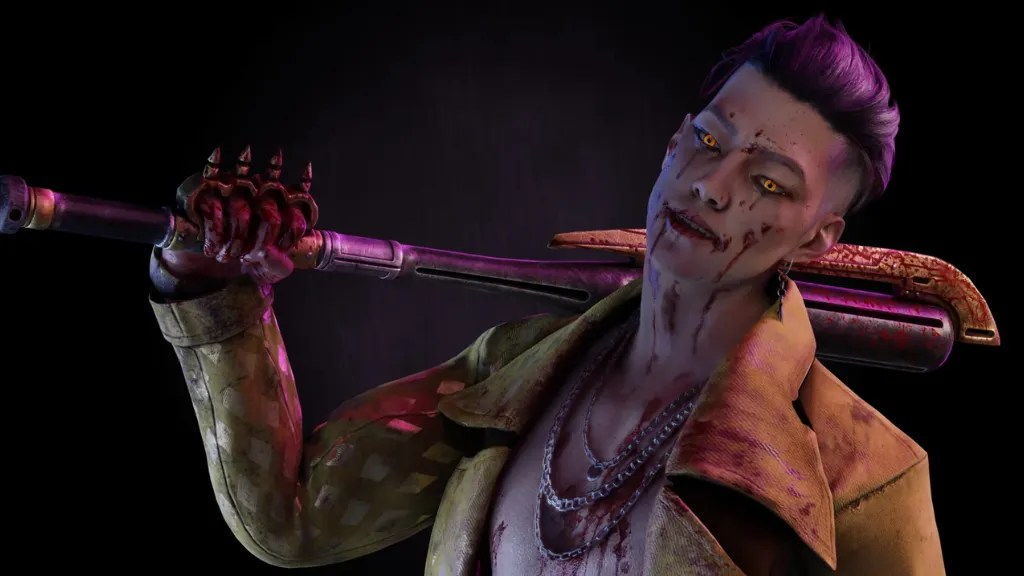
The Trickster
The Trickster is a killer whose potential can dramatically increase with mastery and practice. For players who dedicate time to sharpen their skills with him, his damage output can become significant, especially with accessible add-ons that boost his DPS. His ability to perform well in chases is largely based on how accurately and quickly a player can land his projectiles. Survivors who make mistakes, like body blocking or being in the open, will quickly find themselves overwhelmed, as the Trickster’s main event allows him to unleash a lot of damage with a ranged attack. While not as punishing as a Hunter, his DPS is still dangerous in close encounters.
However, the Trickster has some limitations, especially with the current game mechanics. Survivors now have more time on the hook, with hook stages lasting 70 seconds instead of 60, which gives them more opportunities to stay on generators. This means that playing too defensively with Trickster can backfire. He needs to be more aggressive, especially because his early game can be rough in certain situations.
Although Trickster hasn’t received many major updates recently, he is slated to be reworked in the future. This rework could either make him stronger or weaker, which has created some controversy around his current ranking.
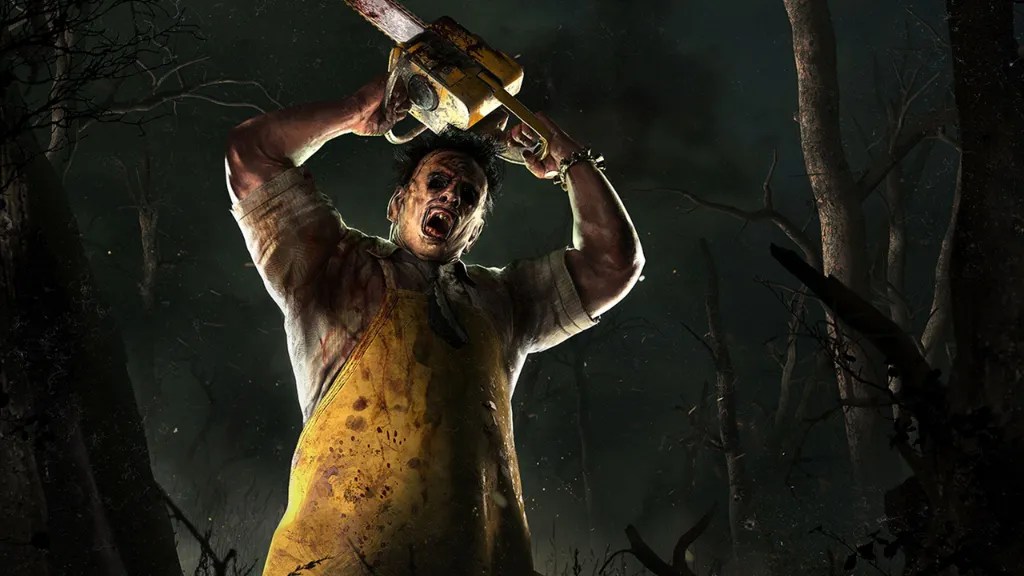
The Cannibal
The Cannibal, also known as Bubba, is a killer often underestimated, despite having received some quality of life changes that make him less reliant on add-ons than before. Previously, most players ran the Chilli add-on on Bubba, but now his add-on selection is much more versatile. For those who enjoy playing him, a common choice is a The Beast’s Marks add-on to increase his movement speed once he’s activated his power. This allows for more aggressive loops and opens up opportunities for fun mind games around certain tiles.
Bubba’s strength lies in his ability to down multiple survivors at once, which is especially deadly if survivors group up in the basement. However, survivors can avoid this to some extent by staying spread out. Many perks in the game allow survivors to be more self-sufficient, such as healing or unhooking themselves, and once they scatter across a large map, Bubba can struggle to keep up. His lack of extreme mobility, especially in large maps, makes it difficult to chase survivors effectively, particularly if they find safe spots, like windows, where they can buy themselves time.
To address this, Bubba players often run the Bamboozle perk to deal with windows and try to avoid areas where loops are tightly interconnected. While many killers also run perks to complement their abilities, Bubba feels as though he needs a specific perk to maximize his effectiveness, which can be a downside compared to other killers who merely benefit from perks rather than rely on them.

The Good Guy
Chucky, also known as the Good Guy, has seen a significant decline in strength following recent changes. Previously, he was a powerful killer, often compared to the Spirit, with high damage potential, short cooldowns, and quick bursts of chase speed that made survivors feel helpless. However, these advantages have been stripped away in recent updates.
One of the most impactful changes is to Chucky’s movement. He used to be able to go under pallets and retain full control of movement, but that is no longer the case. Additionally, his cooldown, which was previously under 10 seconds, is now much longer. The ability to hit survivors around corners with his slice and dice has also been taken away, reducing his chase potential.
Chucky does have some stealth capabilities, but they come with limitations. His stealth mode warns survivors when it’s active and doesn’t last for long, reducing its effectiveness. His best add-on, Rat Poison, which used to be quite overpowered, has also been nerfed, further diminishing his potential.
Overall, Chucky now struggles with larger loops and has a poor map presence compared to before. His ability to body block and outpace survivors has been significantly weakened, making him feel more like a slightly better version of the Pig rather than the strong killer he once was. While time may reveal more about his current potential, the recent changes have left Chucky in a much less threatening position.
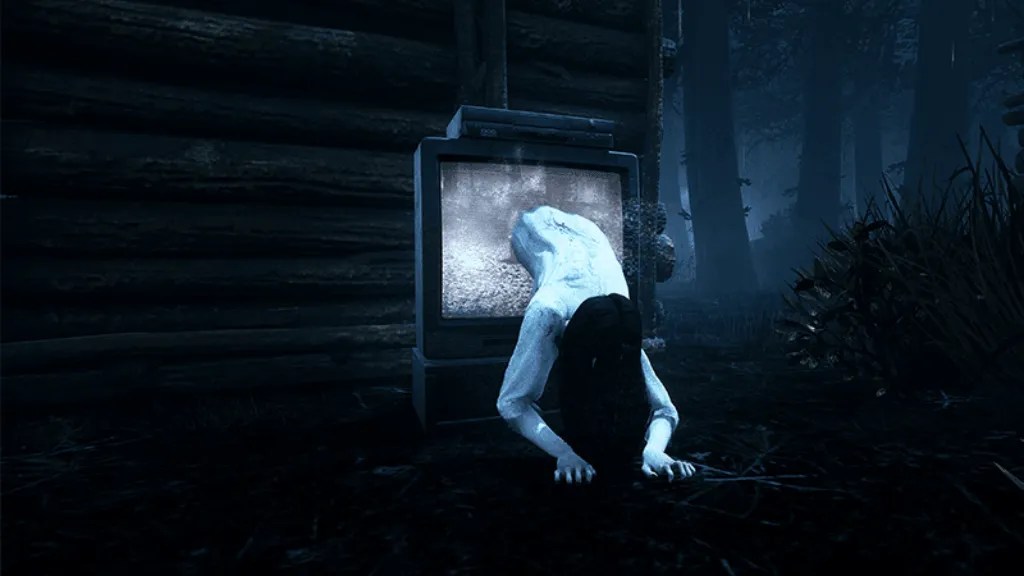
The Onryo
Sadako aka the Onryo, at face value, is a killer that seems to belong in the lowest tier. She doesn’t have strong chase potential other than her ability to move quickly when manifesting from a TV. While her manifestation grants some advantages, such as not being stunned by pallets, this doesn’t always lead to downs or provide a significant advantage. Additionally, her ability to use manifestation mind games is currently somewhat diminished due to issues with her invisibility periods.
There was a time when Sadako was incredibly oppressive, with abilities to teleport anywhere and condemn survivors. However, after some adjustments, she has dropped in power. Despite her current weaknesses, she has the unique ability to win without hooking a single survivor, thanks to her condemnation mechanic. Uncoordinated teams, in particular, can struggle against her, as she can easily build up condemnation pressure through mindful teleportation. Survivors who are unprepared for this can quickly find themselves overwhelmed.
One advantage Sadako has over many low-tier killers is her ability to ignore body blocks. If survivors are grouped to protect one another, she can simply manifest and pass through them, making it difficult for them to protect each other or body block. This, along with her partial stealth and unique win condition, makes her a killer who can perform decently at any level of play.
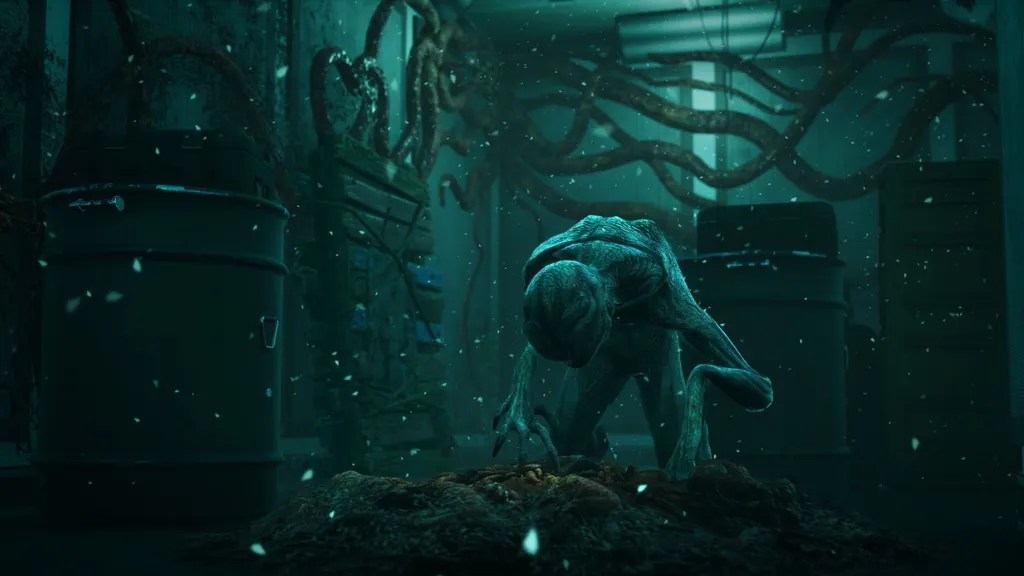
The Demogorgon
The Demogorgon is an average killer, jack of all trades, master of none. His portals provide decent movement across the map, but his real strength lies in his chase power. With the ability to launch himself from heights and break pallets or walls quickly, he can secure hits on survivors, especially in straight-line chases.
Some of his stronger add-ons, which allowed him to apply significant pressure on survivors, have been nerfed, which has brought him down slightly in power. However, his average standing is impacted by the tendency of survivors to manipulate maps, often sending themselves to locations with strong loops or pallets that can hinder his effectiveness. While Demogorgon can deny certain tiles like Shack, he struggles against survivors who are willing to drop pallets without taking damage. Once perks start kicking in, you may find yourself at a disadvantage if survivors are still evading, which makes him closer to the bottom tier in certain situations.
That said, Demogorgon remains a solid starting killer, offering a great foundation for players looking to develop their skills. While not the strongest, he can still be quite effective with the right strategy.
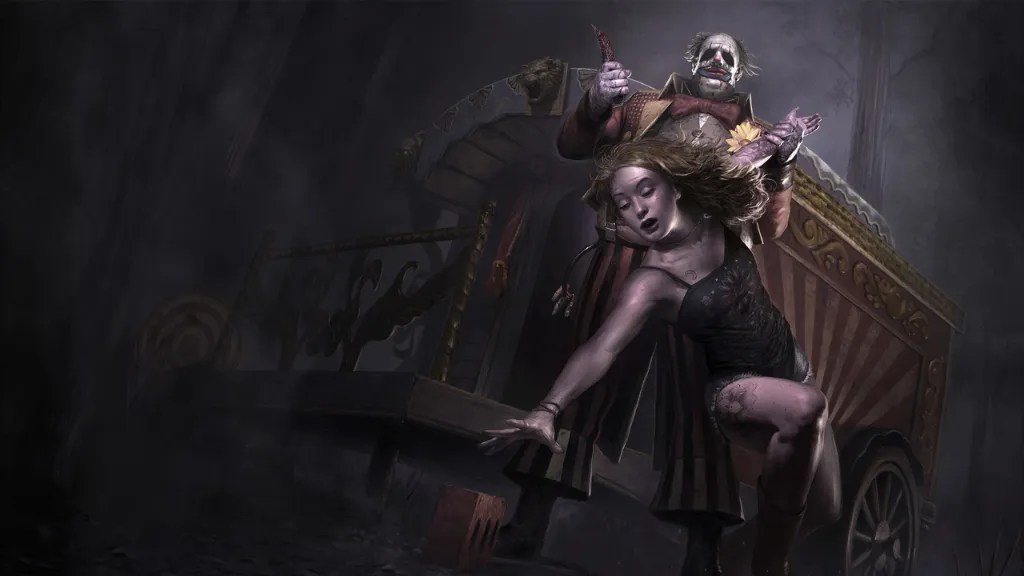
The Clown
Clown is a C-tier killer with a deceptively high skill ceiling. When used correctly, his bottles can be incredibly effective, allowing him to slow survivors down, apply various debuffs, and interrupt their actions.
One of Clown’s strengths is his ability to get hits on almost any tile without needing to break pallets, especially when using the right combination of purple and yellow add-ons. This makes him very efficient at applying map pressure, and when played perfectly, survivors have to give up valuable pallets quickly.
However, Clown’s major weaknesses are his need to reload bottles and his reliance on certain perks to reach his full potential. Without perks, he struggles to be lethal in chases compared to other killers. His mobility is also below average, and while he gets a slight boost in chase, it’s not enough to make up for his lack of raw speed. This means that on larger maps or against survivors who split up effectively, Clown can struggle, especially if survivors are efficient with gens and have tools to delay progress.
D Tier
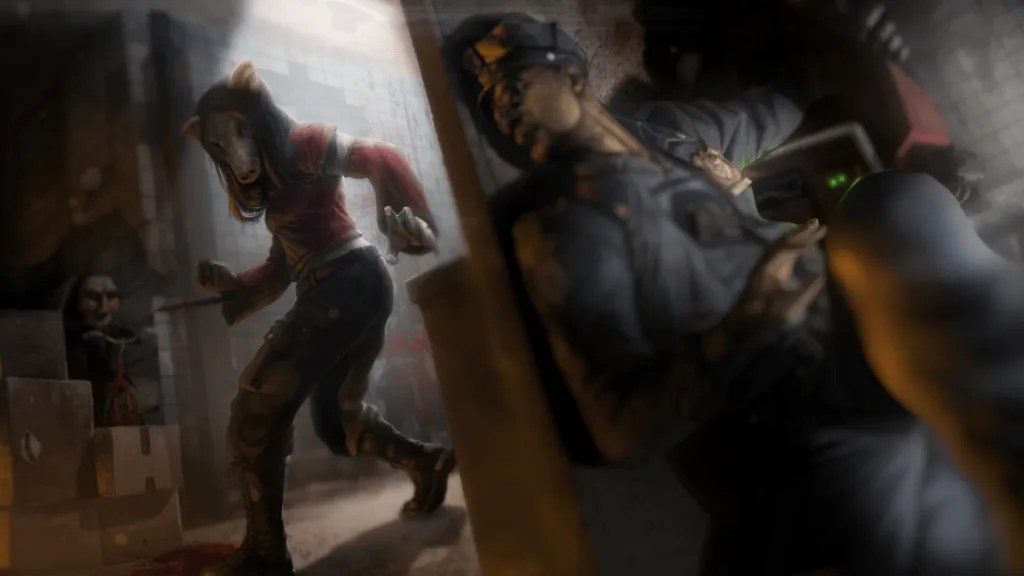
The Pig
The Pig is a killer with a somewhat limited but effective power set. Her ability to go stealth, similar to Chucky, allows her to remain undetected, but it’s not particularly fast or useful unless you already know where the survivors are. This stealth can be helpful in certain situations, but it’s not something you would rely on all the time. Additionally, her dash ability can be useful for catching survivors or creating 50/50 situations, but it’s not consistently reliable, as survivors can often escape or avoid it due to its slow speed.
The Pig’s biggest strength lies in her built-in slowdown mechanic, which is one of the best in the game. She can place traps on survivors’ heads, forcing them to search for the traps and potentially delaying their progress significantly. On average, survivors will need to search through about 12 traps, which can really slow down the game and give the Pig more time to pressure the survivors. With the right add-ons, these traps can also cause the survivors’ heads to explode, though this has been nerfed to make it less frequent.
One of the biggest challenges for The Pig, as with many other killers, is the difficulty of getting that first down. If the first down takes too long, it becomes harder to take advantage of her power. Despite this, the Pig remains an accessible killer for both new players and high-level players. She may not have the strongest chase potential compared to some other killers, but with proper use of her traps and map control, she can still be a solid pick.
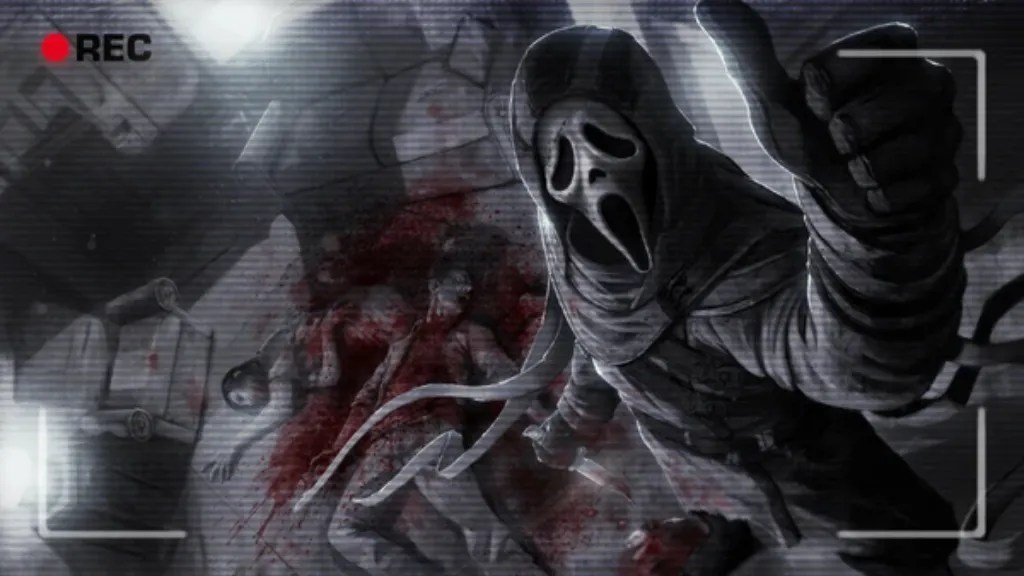
The Ghost face
Ghost Face has received some useful buffs, especially for his cooldown and stalking mechanics. Two of his best add-ons, which were previously brown, have been added to his base kit, increasing his overall power. However, despite these improvements, Ghost Face remains relatively basic compared to newer killers.
His ability to instantly down survivors is strong but highly map-dependent, and it can be punishing if mistakes are made. Ghost Face benefits from information perks, but as a more straightforward killer, he often lacks some of the meta advantages that other killers might have.
You can play Ghost Face in different ways. In a casual style, you can rely on his stealth to sneak up on survivors and ambush them. For a more tactical approach, you can 99 the stalking mechanic and then ambush a vulnerable survivor to get an instant down. However, it’s not advisable to mark a survivor and engage in a long chases, as Ghost Face is not great into those.
If you face beginners or survivors who struggle with stealth, or if you’re on an indoor map where you’re harder to spot, Ghost Face can become a more dangerous threat. But overall, he remains a relatively basic M1 killer, and other killers tend to perform better with meta perks.
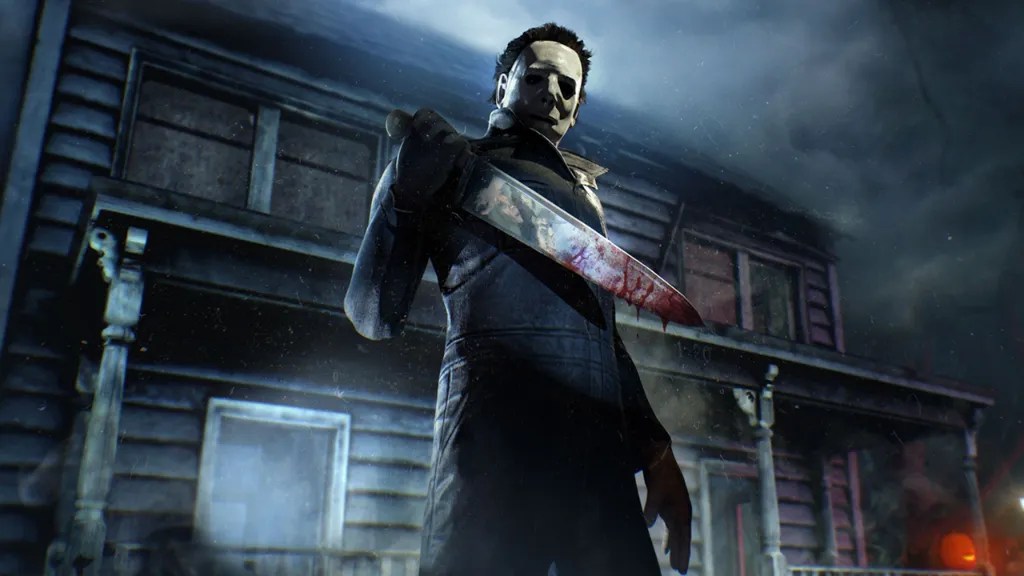
The Shape
Myers has received a significant bump in recent updates, moving away from being one of the bottom-tier killers. Before, his gameplay was largely limited by his ineffective stalking at long distances, and he struggled on larger maps. However, the changes have improved his stalking mechanics, making it easier to progress through his tiers. Now, Myers moves at 110% in Tier 1, a massive improvement, and his stalking range has been increased, making him more consistent at both close and long distances.
The main issue with Myers is that once the surprise of his Tier 3 fades, survivors can play cautiously and split up, reducing the effectiveness of his power. Survivors now have 70 seconds on hooks, and those playing slowly and avoiding groups can make it harder for Myers to capitalize on his tier 3. Additionally, he has become a more basic M1 killer, which limits his versatility. While Myers still has strong add-ons that can strengthen his power, survivors are increasingly aware of his strengths, especially his potential Tombstone downs, and will take measures to counter them, such as hiding in lockers.
Overall, Myers has become a more consistent killer but still faces challenges due to his reliance on basic M1 hits and the awareness of survivors. He requires at least one perk to help him in chase, and while he can still surprise survivors with his tier 3, his effectiveness has diminished as survivors adapt to his playstyle.

The Legion
The Legion is one of the simplest killers in Dead by Daylight, making them a great choice for beginners and intermediates looking to practice killer mechanics. Their power revolves around detecting survivors, injuring them quickly, and maintaining consistent pressure throughout the game. For a lot of average players, this constant state of injury leads to panic, poor decision-making, and mistakes like unnecessary healing, which works in the Legion’s favor.
While the Legion can occasionally down a survivor after hitting multiple survivors with their power, this is rare against experienced players. Their power is built on simplicity, allowing them to create consistent pressure, but it’s not very complex compared to other killers with more intricate abilities. Legion’s effectiveness drops when survivors play smart, split up, and use their resources wisely, which makes it harder for Legion to keep up. At higher levels of play, Legion remains a viable killer but is outclassed by killers with more sophisticated abilities, making them less oppressive and harder to master over time.
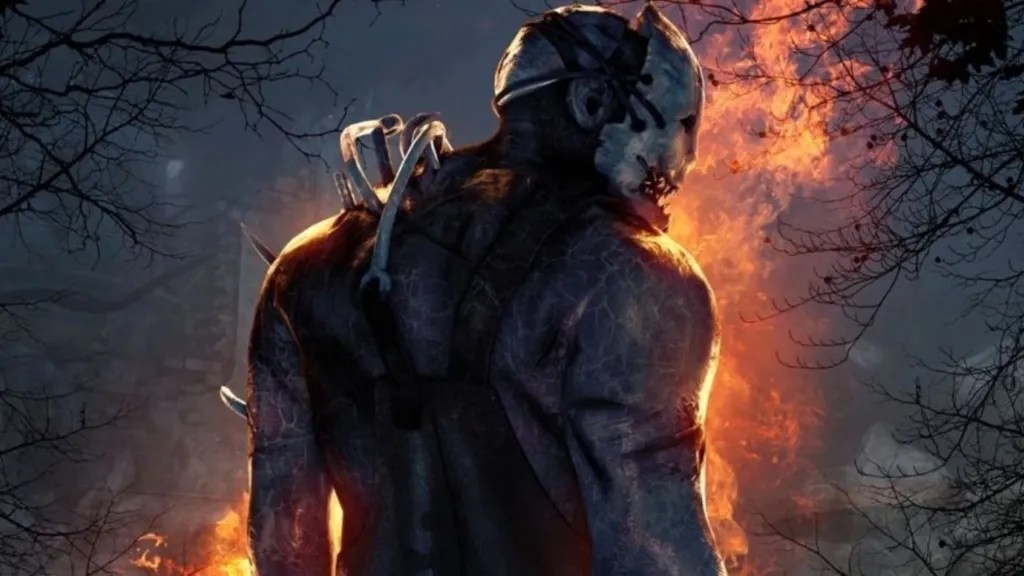
The Trapper
The Trapper is a classic and beloved killer, but despite some buffs over the years, he remains a basic killer who relies on setting traps to catch survivors. His power is centered around placing traps around the map, which can catch survivors off guard, but it requires setup and can be easily avoided if survivors play smart. Trapper lacks the ability to outplay survivors until he’s prepared with traps, which makes him passive in a meta that favors more active killers.
Survivors can easily avoid Trapper’s traps by following a few basic rules: stay away from the basement, avoid running into areas where the Trapper might have placed traps, and take extra care to avoid grassy areas when out of chase. If survivors follow these rules, Trapper is significantly weakened, as his effectiveness depends on survivors making mistakes, such as stepping into traps or leading chases into trap-laden areas.
While Trapper can set traps in powerful locations like the basement and potentially shut down loops, the overall pace of the game and the survivor toolkit have left him behind. With more perks and tools available to survivors, such as map items that reveal traps, Trapper struggles to maintain pressure, especially in the early game. His strength lies in catching survivors off guard, but even then, it’s often dependent on luck rather than skill or strategy. When compared to other killers, Trapper often finds himself at a disadvantage, with his start being one of the weakest, and even when he’s fully set up, it may still rely on luck to secure downs.

The Nightmare
Freddy, currently in a somewhat weak state, is a killer with two modes depending on his add-ons: placing fake pallets or fake blood snares that slow survivors down. His teleportation ability can make large maps feel smaller, allowing him to quickly pressure generators and survivors. However, Freddy’s power relies heavily on survivors being asleep, and once they wake up by finding a clock or waking each other, his snares and fake pallets lose their effectiveness. This reliance on the survivors being asleep makes Freddy’s power inconsistent, as he struggles to get downs when survivors are awake.
Historically, Freddy was much stronger, with powerful slowdown effects while survivors were asleep and the ability to ignore Borrowed Time to down survivors right after they were unhooked. However, many of these strengths have been removed, leaving him with a more basic and predictable playstyle. His add-ons are considered weak, and the Iridescent add-on, which causes everyone to start asleep and makes skill checks not wake survivors, has become nearly essential for Freddy to even be effective in the early game.
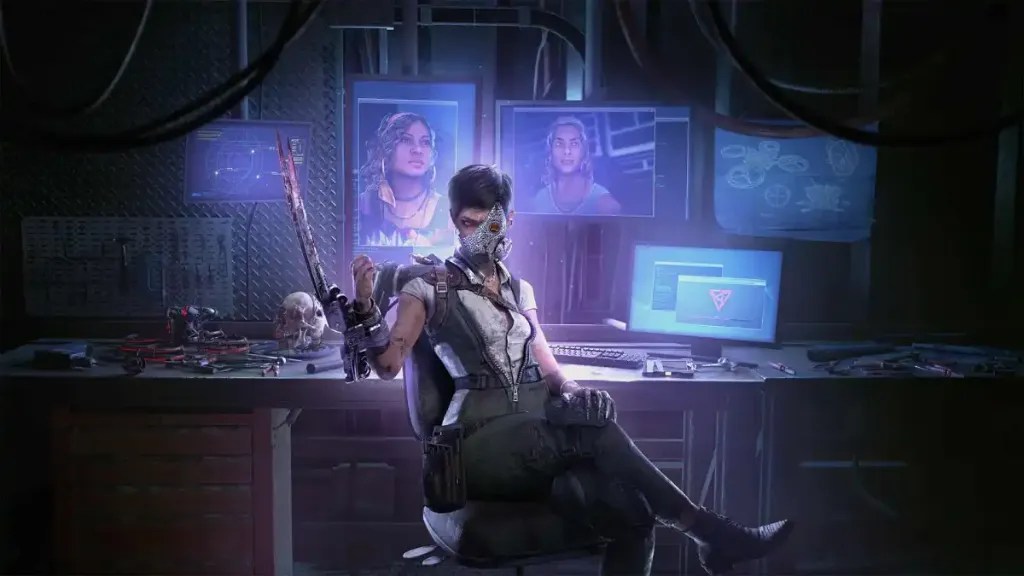
The Skull Merchant
The Skull Merchant is a killer that has experienced a significant decline in effectiveness since her release. Initially, she was an annoying killer capable of holding the game hostage by repeatedly kicking generators and making progress almost impossible. After multiple reworks, her power became more inconsistent and less frustrating for survivors, but she remained somewhat chaotic with a mix of area control, stealth, and information-gathering abilities. However, the developers decided to significantly nerf her, leaving her with much weaker abilities than before.
Her drones, which previously had two scanning lines, now only have one, making her ability to detect survivors much slower and conditional. The ability to injure survivors is much harder, especially against experienced players, and her drones can be easily countered by standing still or crouching. Additionally, her drones can be disabled by survivors. Overall, the Skull Merchant now lacks the ability to apply consistent pressure on survivors, with her stealth and area control becoming less impactful on large or open maps where her drones are less effective.
Credit: Otzdarva/ Youtube

